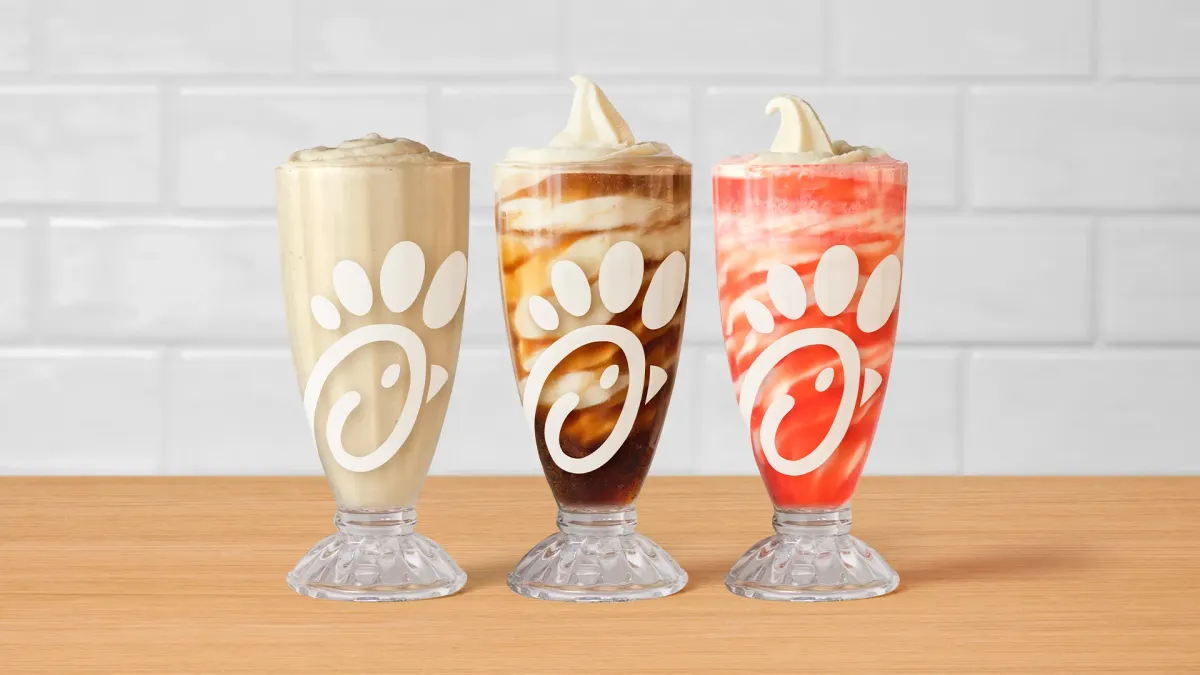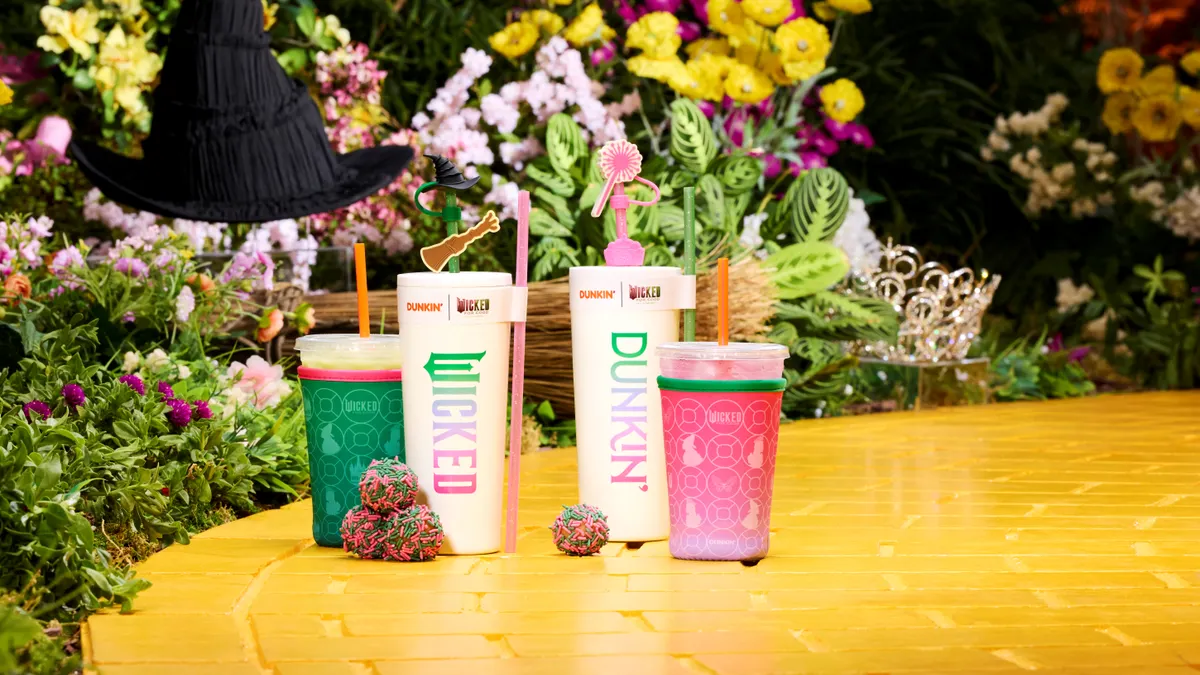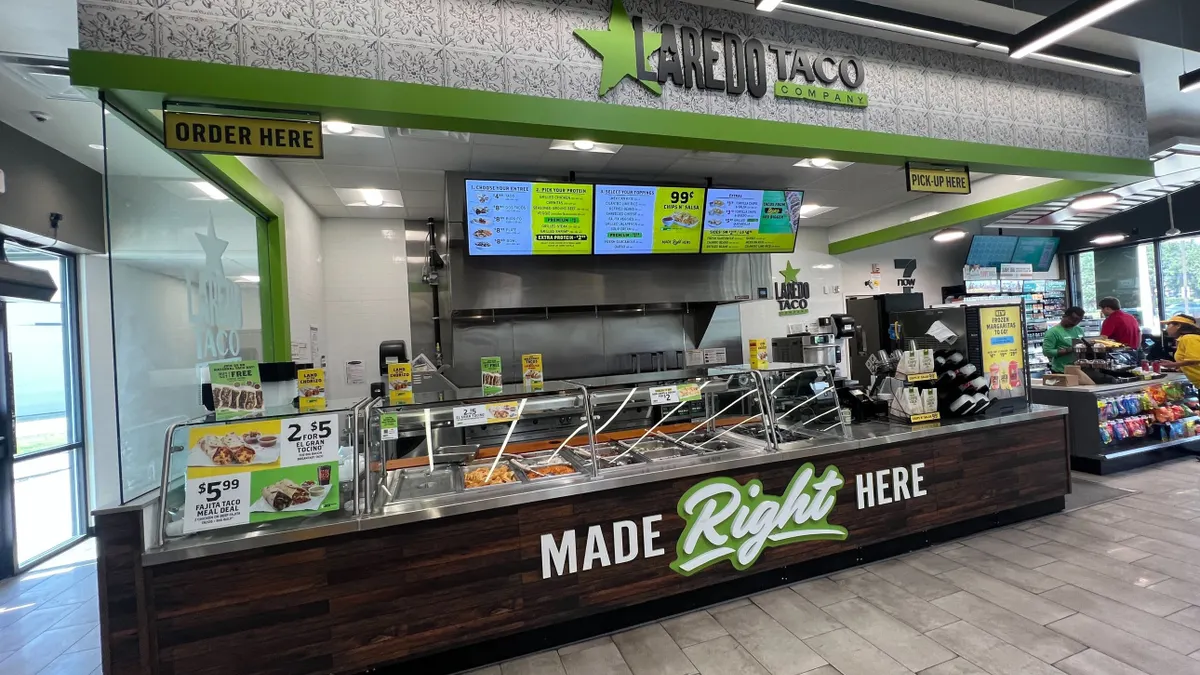Two years ago, Popular Science declared texture the final frontier of food science.
The publication noted the importance of texture has long been downplayed compared to taste and smell. But nowadays, with the swiftly growing demands of restaurant food delivery and prepared food sections in grocery stores, consumers and operators alike are quickly recognizing the importance of maintaining texture.
Consider the staggering trajectory. According to Technomic research, food delivery is projected to grow by 12% per year during the next five years. Simultaneously, supermarket prepared foods departments have seen double-digit sales growth in recent years, according to Nielsen Fresh.
Such a fast growth environment has challenged food scientists, manufacturers, suppliers and packaging purveyors to look for solutions and shift their R&D approach in an attempt to maintain the texture and integrity of food products. Consequently, the global food texture market is expected to increase at a compound annual growth rate of 6.2% from 2017 to 2025, according to Progressive Markets.
Aaron Edwards, Ingredion’s regional platform lead for starch texturizers in North America, told Food Dive this growth makes sense — and creates more challenges for the industry.
“The ‘food anywhere’ trend demands that innovators consider food being enjoyed almost anywhere at the convenience of the consumer,” he said. “Prepared food and foodservice organizations will look more to technology — ingredients, packaging, storage, delivery — to help overcome challenges that do not exist in the grocery store aisle or at the restaurant table."
Building a better french fry
Perhaps the best example of these challenges is the french fry. Restaurant brands, including market leader McDonald’s, have been grappling with french fries that are compromised during 30-to-40-minute deliveries. No one wants a soggy fry, after all.
Some examples of companies doing more work in this space include potato manufacturer Lamb Weston, which developed a french fry batter that can keep fries crispy for 12 minutes — more than twice the typical five minutes it takes for a fry to go limp.
Ingredion has been working with a number of customers through its Inside Idea Labs, which bring experts together to look at consumer insights and test process technologies to more efficiently bring products to market. Food companies are also increasingly working alongside their supply partners to build in technology that better supports recipes and packaging for takeout and delivery food, Edwards said.
“The ‘food anywhere’ trend demands that innovators consider food being enjoyed almost anywhere at the convenience of the consumer. Prepared food and foodservice organizations will look more to technology — ingredients, packaging, storage, delivery — to help overcome challenges that do not exist in the grocery store aisle or at the restaurant table."

Aaron Edwards
Regional platform lead for starch texturizers in North America, Ingredion
"This type of innovation often includes developing texture and stability ingredients to withstand prolonged storage and delivery,” Edwards told Food Dive. He adds that Ingredion has had success with several starch-based texturizers added to coatings and breadings that help maintain the quality of food during delivery.
Darrel Suderman, president of Food Technical Consulting, told Food Dive one of the best ways to achieve consistent texture is to take a similar approach that manufacturers take when trying to develop products that stay crispy when microwaved.
“The idea is to reduce or limit the food’s moisture content as much as possible,” he said.
Crispiness isn’t the only texture challenge in meeting new demands, however. “Creamy” and “smooth” are among the most popular texture claims and are just as important for CPG manufacturers to keep mind during recipe development.
Another challenge: Keeping it clean
Food scientist Adam Yee told Food Dive manufacturers are turning more toward new or improved processes to maintain taste and texture — and meet changing consumer demands.
“Though there are some ingredients that help buffer a food ingredient, such as functional fibers that improve the texture of common foods, most improvements have come from processes,” Yee said. “Consumers look down on certain preservatives, so food manufacturers have to find other methods of maintaining integrity.”
The increasing demand for fewer ingredients adds another hurdle for food scientists trying to maintain a product’s texture without preservatives. Consumers are increasingly also looking for cleaner labels — ingredient lists made up of components they recognize without labels that sound like chemicals. Ingredient Communications recently found 73% of consumers are willing to pay more for a clean label product.
Considering the global clean label ingredient market is expected to register a compound annual growth rate of 6.8% through 2023, the impact on food manufacturing has been considerable. The shift toward removing ingredients has changed some of the work food scientists do too, Yee said.
“They now have to look at different methods of processing food,” he said. “Usually these methods can’t be done on the bench top, so this requires a higher upstart because processing equipment (costs) more to run. Luckily, food processing has improved tremendously.”
As such, a specially-designed food recipe may have a modest price increase, but most operators are willing to pony up if it helps to better maintain texture and flavor.
Preserving fish and vegetables is one such process that has improved through individual quick freezing technology, commonly abbreviated as IQF. Using this process, products are flash frozen, which maintains their nutritional value.
“This (food waste) business risk for restaurants and food producers can outweigh the costs from preventative measures such as higher value ingredients.”

Aaron Edwards
Regional platform lead for starch texturizers in North America, Ingredion
“The process creates ice crystals that are small enough that they don’t rupture the cell walls. Even french fries go through this process and are delivered frozen in retail or foodservice areas,” Yee said.
Though not new — IQF technology has been around for about 20 years — many scientists believe it will become more ubiquitous as more consumers seek preservative-free products with a longer shelf life. In addition to helping extend shelf life, IQF also generates less food waste as frozen food extends shelf life and also allows consumers to prepare only as much as they need. Research from the British Food Journal shows that frozen food generates 47% less food waste than non-frozen food.
Ingredion is also working to mitigate food waste as part of its innovation process, as well as its overall sustainability efforts. Last year, the company launched a new potato fiber called Potex that is designed to not only maintain textures in processed meats, and is also used by manufacturers to extend the shelf life of pastries and breads. According to the company, the potato fiber reduces stickiness and therefore contributes to yield increase, waste reduction and less production downtime.
This is an important piece of the texture puzzle as more businesses think about how to reduce waste, a demand driven by the rising price of raw materials and more environmentally conscious consumers.
“This (food waste) business risk for restaurants and food producers can outweigh the costs from preventative measures such as higher value ingredients,” Edwards said.
Perfect packaging
Ingredients and processes are just part of the texture puzzle.
“Removing preservatives means (food companies) have to maintain quality in a different way, like packaging,” Edwards said.
Plenty of restaurants are turning their attention to upgrades to meet delivery demands. When IHOP jumped into delivery, the company worked hard to upgrade its carry-out packaging to transport pancakes so they maintained the right temperature and quality during transport. The new packaging’s modular shape reduces moisture while trapping heat, according to FSR Magazine. Applebee’s has also invested in a new packaging platform to improve food portability as its delivery channel continues to grow.
“No one wants to think about the time it takes a plastic bag to decay or where it goes when you throw it away, but these are all things that food companies have to address if they want to keep and grow their customer base.”

Drew Lambert
Operations manager, Food Technology Corporation
Suderman noted some quick-service chains have tried to develop heat-controlled holding cabinets for regular and extra crispy fried chicken with limited success. They have had better luck relying on packaging technology advancements, he said.
Yee said aseptic packaging and high-pressure processing are used to maintain the consistency of guacamole and cheese sauce.
For prepared foods, different plastics or modified atmosphere packaging, which uses a blend of oxygen, carbon dioxide and nitrogen, have helped extend the shelf life of many products such as meats and cheeses, Food Technology Corporation Operations Manager Drew Lambert told Food Dive.
Another sub-challenge to figuring out the best packaging is finding innovations that are not only functional, but also eco-friendly.
“No one wants to think about the time it takes a plastic bag to decay or where it goes when you throw it away, but these are all things that food companies have to address if they want to keep and grow their customer base,” Lambert said. “Food companies have been experimenting with different kinds of packaging for years.”
Data comes into play
The right storage environment and packaging are critical factors in maintaining food integrity. But it’s also equally important to leverage new technologies in the space to get data, which is more readily available now than ever. Lambert said texture analyzers can now better measure how well a product holds up in different textural states, like crispiness.
“As food is biological, there is always a level of variation that simply has to be accepted. This applies both to end product and raw ingredients,” he said. “Processors are constantly tweaking their process controls to maintain some level of control. The ability to measure texture is just part of this. Gone are the days when making decisions on processing or quality is based on the opinion of a few people. While traditional sensory is still very important, it is now backed up with data points that are more objective.”
Yee said most products go through a shelf-life study so scientists can collect data on what type of off-notes and flavors develop when they’re fully packaged.
While food scientists and processors navigate new consumer trends, one thing remains constant in the space – change.
“Dealing with consumers whose needs constantly change is just another layer to what almost all food companies deal with on a daily basis,” Lambert said. “They’re chasing a moving target."
“Maintaining quality characteristics in a home delivery environment is an age-old problem and it’s a problem that will persist and continue to improve,” Suderman said.



















